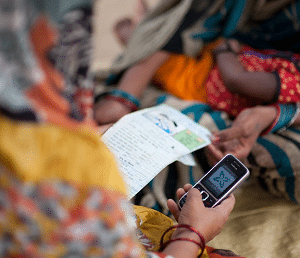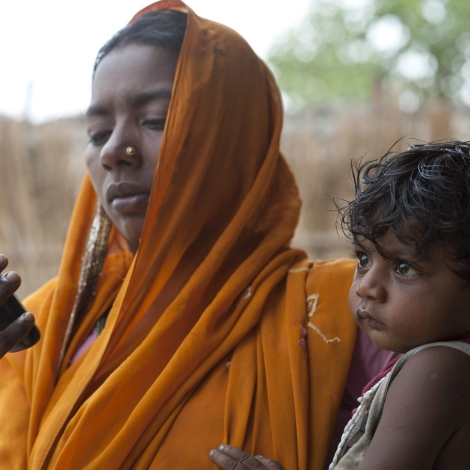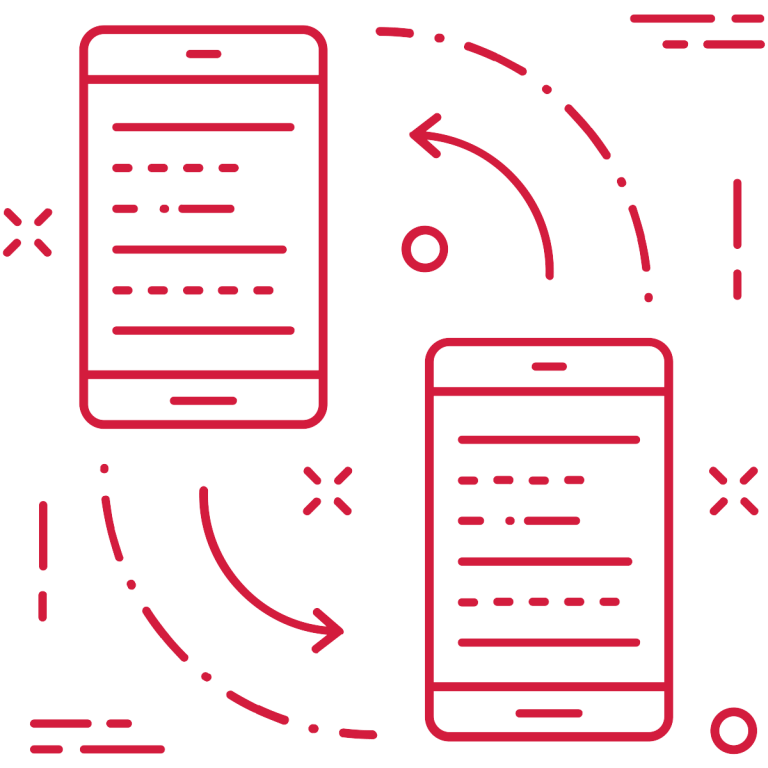Paper has been a reliable introduction for many data collection and service delivery programs around the world. It has allowed frontline workers to deliver their services to those communities in the last mile whom we haven’t been able to reach before. However, new tools are emerging that help these frontline workers overcome the common issues with paper forms and guides, such as delays in data submission, inaccurate data, and obstacles to program effectiveness and efficiency.
See Dimagi’s Commcare in E4C’s Solutions Library to compare with other mobile data collection tools
One such tool is mobile data collection. In fact, Engineering for Change has been a big proponent of this technology. That is because new mobile-based data collection tools have been found to increase the number of beneficiaries frontline workers can reach by as much as 73 percent, and the beneficiaries themselves report an improved experience and relationship with those frontline workers because of how easy it for them to receive immediate value from the program.

Dimagi’s Commcare in use. Photo: Dimagi
The problem is that the transition to mobile data collection is not always as simple as transforming paper forms into digital versions. This approach sacrifices many of the opportunities and benefits that mobile data collection tools can provide. Features such as the ability to validate responses as they are given, determine which question appears next based on the answer to the last, and collate data across follow-up forms allow frontline workers to collect data more quickly and accurately. These features are standard, or should be, in most good mobile data collection platforms. At Dimagi, we build mobile solutions to aid development projects around the world and our mobile data collection platform, Commcare, includes all of these features. Of course, I believe CommCare is a great option for most programs, but it might not be the answer for everyone. For us, the important thing is that people make the transition from paper to realize the benefits of mobile data collection.
When you set aside the time and resources to digitize your program, it is important to reconcile your approach with the objectives of your program overall, reduce redundancies that are typically found in paper forms, and add functionality that would not have been possible with paper alone.
In our experience implementing over 500 projects in more than 60 countries, we broke down the process of adopting mobile data collection into eight steps:
- What are your project objectives?
- What is your data collection process?
- What are your data requirements?
- How to choose the right mobile data collection tool
- How to establish data collection standards
- How to design and test your mobile data collection tool
- How to launch your program and train your team
- How to sustain your mobile data collection program
Each of these steps provides you with the tools and information you need to tackle the next. When it comes time to establish data collection standards, you already know precisely what data you need to collect and the features at your disposal to do so. By the time you need to train your team, you already have complete outlines of your mobile app’s functionality and a clear understanding of who your frontline workers are, as well as their needs.
With the help of many of our partners and the experience of our global services team, we at Dimagi have recently developed a comprehensive guide to mobile data collection. Whether you use CommCare or not, our hope is that this guide will help you with each of the eight steps to launching a successful mobile data collection program.
To prepare your own program for success, please read our guide to Mobile Data Collection.

